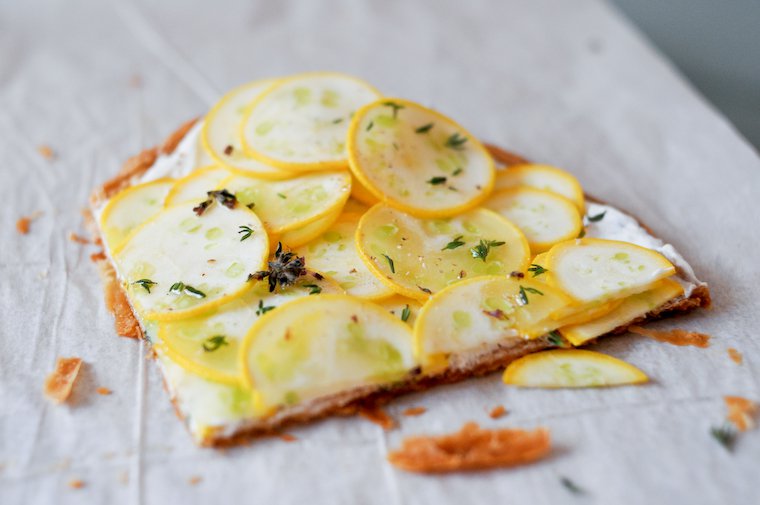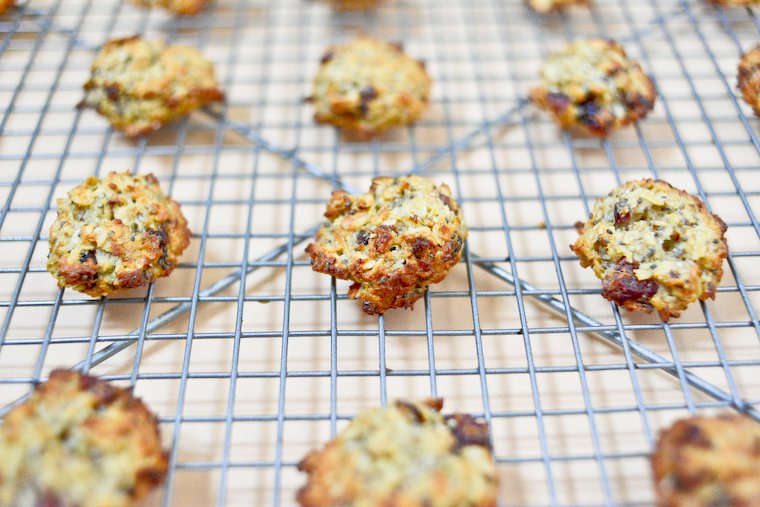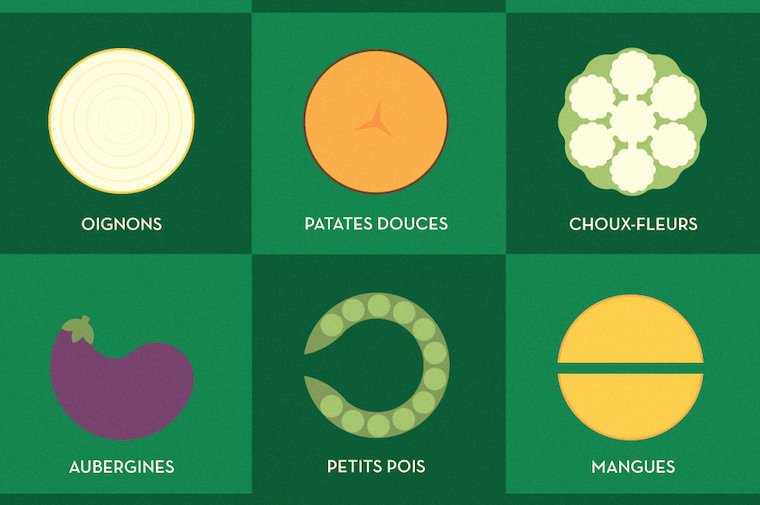The first time I heard about the paleo diet, long before this paleo granola entered my life, the concept sounded so outlandish (eating like a caveman? but why?) that I brushed it aside as yet another weirdly punishing fad.
But then I came across more mentions, from sources I trust, and I read some decidedly un-faddish discussions on the excessive amount of carbohydrates — from grains and sugar, mostly — the typical Western diet includes, and how it impacts our health.
If you’re late to the paleo party, here’s the gist of it. According to paleo theory, our digestive system, which has been evolving for 2 million years, hasn’t had time to adapt to the radical changes in our diet since humans invented agriculture some 10,000 years ago (marking the dawn of the neolithic era), much less those that occurred at madding speed over the past three generations.
This realization led me to create this easy formula for paleo granola, an astonishingly tasty and satisfying option when I want to start my day grain-free.
For optimal health, and usually motivated by some health concern or other, paleo eaters decide to focus on whole, unprocessed, seasonal foods in the spirit of those that would have been available to the paleolithic man, who foraged, hunted, and fished.
This means opting mostly for fruits and vegetables, nuts and seeds, pastured meats and sustainable seafood — a much more reasonable proposition than the caveman image might suggest at first glance. (As Michelle Tam conveys in her well-crafted Nom Nom Paleo cookbook and Paleo 101 section on her website, the caveman should be seen as a mascot of sorts — not a model for historical reenactment.)
Since I’m neither a doctor nor a nutritionist, my take on this is quite pragmatic: I examined my own way of eating, and although processed foods and empty calories aren’t a concern, I recognized that I have a natural inclination to consume a fair amount of starches — from wheat especially.
And when I tweaked the way I compose my meals to eat less of them, or even none at all, the effect on my energy levels and how I felt generally was very convincing. My purpose is not to go paleo, but to acknowledge that I do better if starches — even the so-called good, whole-grain kind — don’t factor into my every meal.
Paleo granola for breakfast!
This realization led me to create this easy formula for paleo granola, an astonishingly tasty and satisfying option when I want to start my day grain-free. I eat it with diced up fruit and berries, and homemade yogurt from raw cow’s or goat’s milk I get at the organic store. Dairy yogurt isn’t actually paleOK, so if you’re following the rules to the letter you can use coconut milk, or better yet, coconut yogurt.
Whether they would have had granola on the menu in the Lascaux caves is up for debate, but it suits me beautifully.
Join the conversation!
What’s your take on the paleo eating style, and how it reportedly helps with so many chronic ailments? Have you ever felt the need to lower your carb intake, and experimented with that change?
Continue reading »










